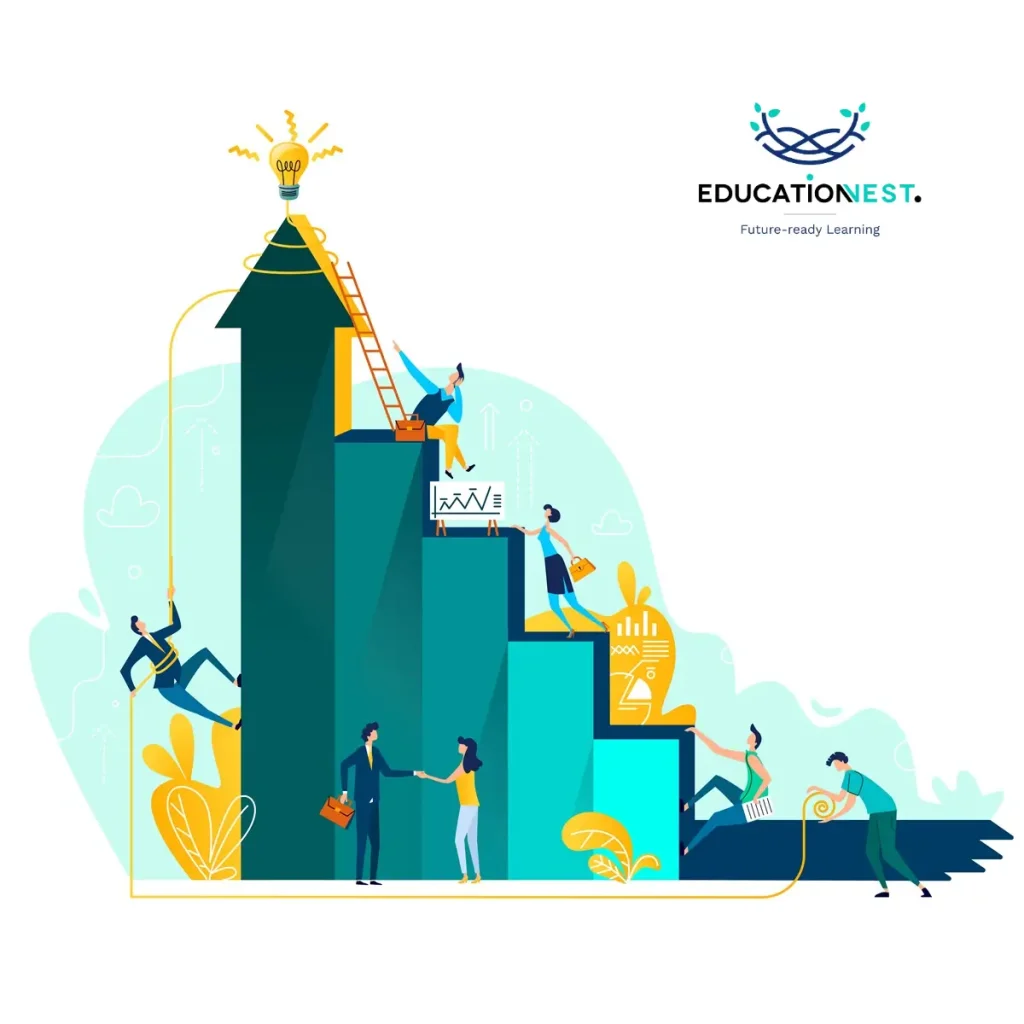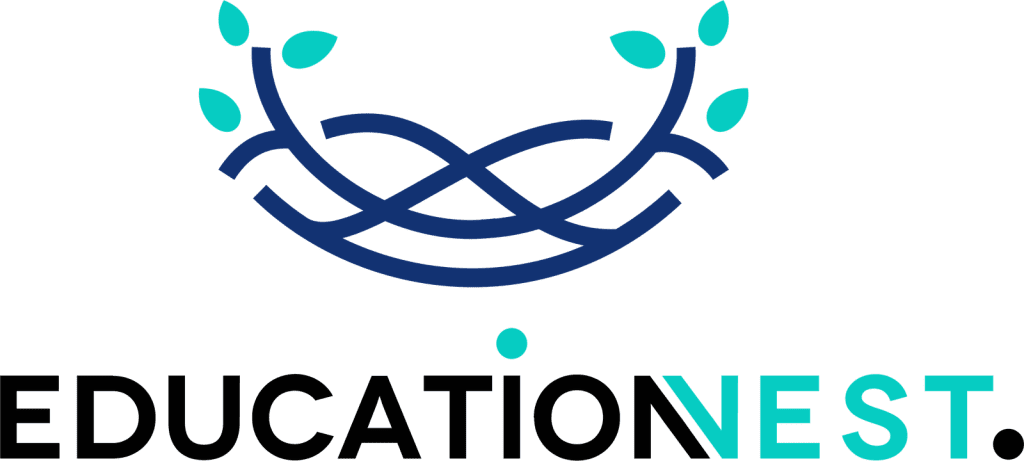Employee development isn’t just a fancy HR term—it’s the backbone of a thriving workplace. It’s about helping your team grow, adapt, and shine in their roles. Whether you’re a manager, an HR pro, or an employee looking to level up, you’ve probably got questions. That’s why we’ve put together this guide to break it all down. By the end, you’ll know what employee development is, why it matters, and how to make it work for your team.
What Is Employee Development?
Employee development is all about helping your team grow their skills, knowledge, and abilities. It’s not just about formal training—it’s mentoring, coaching, on-the-job learning, and even self-directed growth.
Think of it like this: you’re investing in your team’s future. When employees feel supported and see a clear path forward, they’re more likely to stick around and give their best.
Why Does Employee Development Matter?
Let’s be real—employee development isn’t optional anymore. It’s a must if you want to stay competitive. Here’s why:
Keeps employees around: People stay where they feel valued and see room to grow.
Boosts productivity: Skilled employees work smarter, not harder.
Spurs innovation: Learning fuels creativity and problem-solving.
Prepares for the future: As industries change, your team needs to adapt.
If you’re not prioritizing development, you risk losing top talent and falling behind.
Common Employee Development FAQs
Let’s tackle some of the big questions:
1. What’s Included in Employee Development?
It’s not one-size-fits-all. Here are the key pieces:
Training programs: Workshops, seminars, or online courses.
Mentorship: Pairing employees with experienced guides.
Career pathing: Helping employees map out their goals.
Feedback: Regular check-ins to track progress.
On-the-job learning: Real-world experience and problem-solving.
2. How Do You Create a Development Plan?
Start with these steps:
Identify goals: What do you want to achieve?
Spot skill gaps: Where do employees need to grow?
Set clear objectives: Define what success looks like.
Pick the right tools: Choose programs that fit your needs.
Track progress: Adjust the plan as you go.
3. How Does Development Boost Engagement?
Simple: when employees feel supported, they’re more motivated. Here’s how it works:
Gives purpose: Employees see how their role matters.
Builds confidence: New skills mean more self-assurance.
Encourages loyalty: People stay where they’re valued.
4. What Are the Challenges?
It’s not always smooth sailing. Common hurdles include:
Time constraints: Finding time for training can be tough.
Budget limits: Quality programs can be pricey.
Resistance to change: Some employees may hesitate to learn new skills.
The fix? Build a culture of learning and make development a priority.
5. How Do You Measure Success?
Track these metrics:
Employee performance: Are they doing better in their roles?
Retention rates: Are people sticking around?
Job satisfaction: Do employees feel happier and more engaged?
Skill growth: Have they learned what they need to succeed?

Read More
The Role of Corporate Training in Enhancing Employee Well Being
How Cloud Computing is Transforming the Education Industry
6. What’s the Manager’s Role?
Managers are key. They’re responsible for:
Setting clear expectations.
Giving constructive feedback.
Encouraging growth and new challenges.
Leading by example (yes, that means learning too).
7. What About Small Businesses?
Small teams can still make big moves. Try these budget-friendly ideas:
Online courses: Platforms like Coursera or LinkedIn Learning are affordable.
Peer learning: Let employees teach each other.
Cross-training: Have team members learn different roles.
Mentorship: Pair employees with experienced colleagues.
Tips for Success
Here’s how to make employee development work for you:
Start small: Focus on one or two areas at a time.
Make it personal: Tailor plans to each employee’s goals.
Encourage ownership: Let employees take charge of their growth.
Celebrate wins: Recognize progress and achievements.
Stay flexible: Be ready to adjust as needed.
Final Thoughts
Employee development isn’t just a buzzword—it’s a game-changer for your team and your business. By investing in your people, you’re setting everyone up for long-term success.
Got more questions? Need help creating a plan? Let’s chat. Together, we can build a brighter future for your team.
